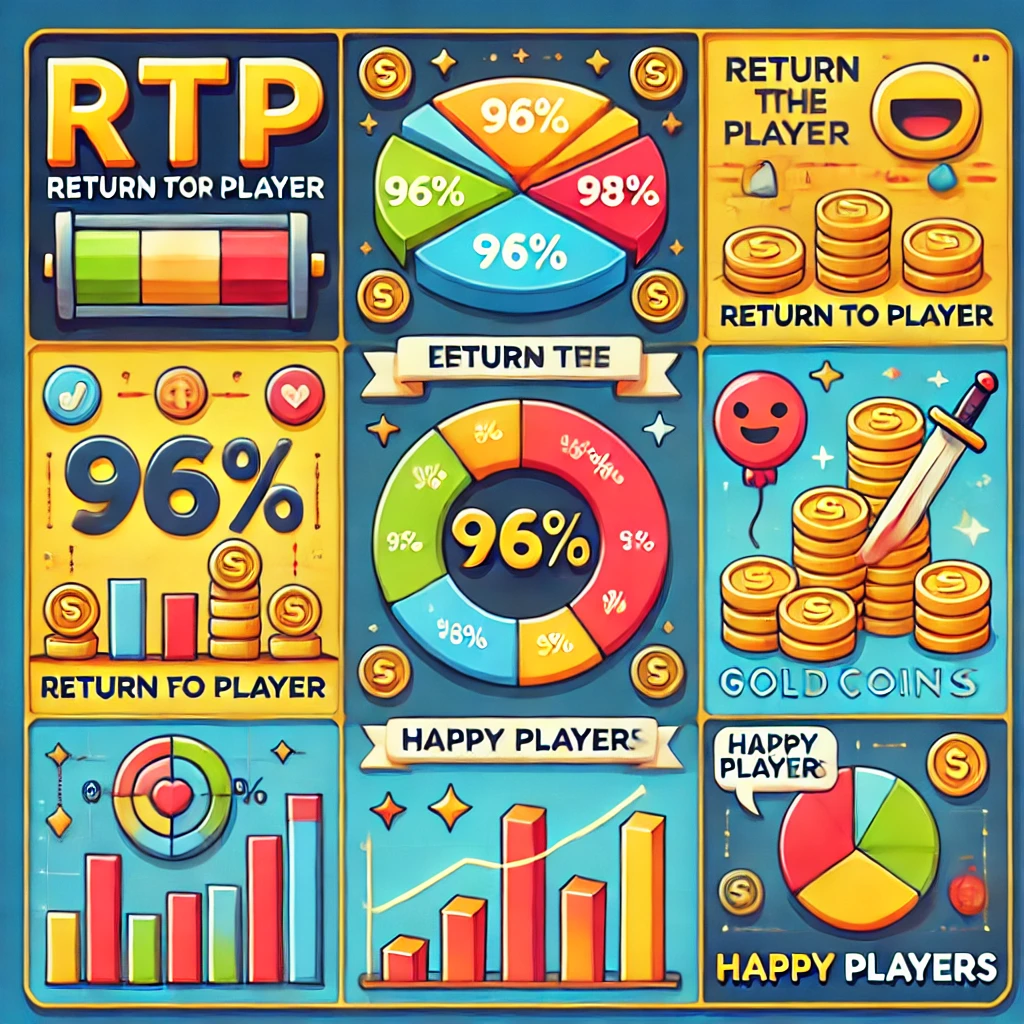When you play a game that promises rewards, how do you know what to expect? The answer lies in a term you’ve probably seen before — RTP, or Return to Player. But understanding RTP goes far beyond a simple percentage.
🔍 What Is RTP?
RTP represents the theoretical percentage of all money wagered in a game that will be paid back to players over time. For example, if a game has a 96% RTP, it’s designed to return $96 for every $100 played — over the long run.
This number is calculated based on millions of simulated sessions. It’s not about your single playthrough, but it helps inform your expectations over time.
📈 Why It Matters
- Informed decisions: Players who understand RTP can choose games that are statistically more rewarding.
- Game comparison: RTP is a useful metric to compare similar games and find the most efficient ones.
- Expectations: It sets a realistic outlook for the variance you might face in short-term gameplay.
It’s worth noting that RTP ≠ win guarantee. A 98% RTP doesn’t mean you’ll always walk away with your money — it just means that, in aggregate, the game gives more back than one with, say, 88%.
💡 Pro Tip
Combine RTP knowledge with strong understanding of volatility (how often and how big wins are) for the smartest play.

Leave a Reply